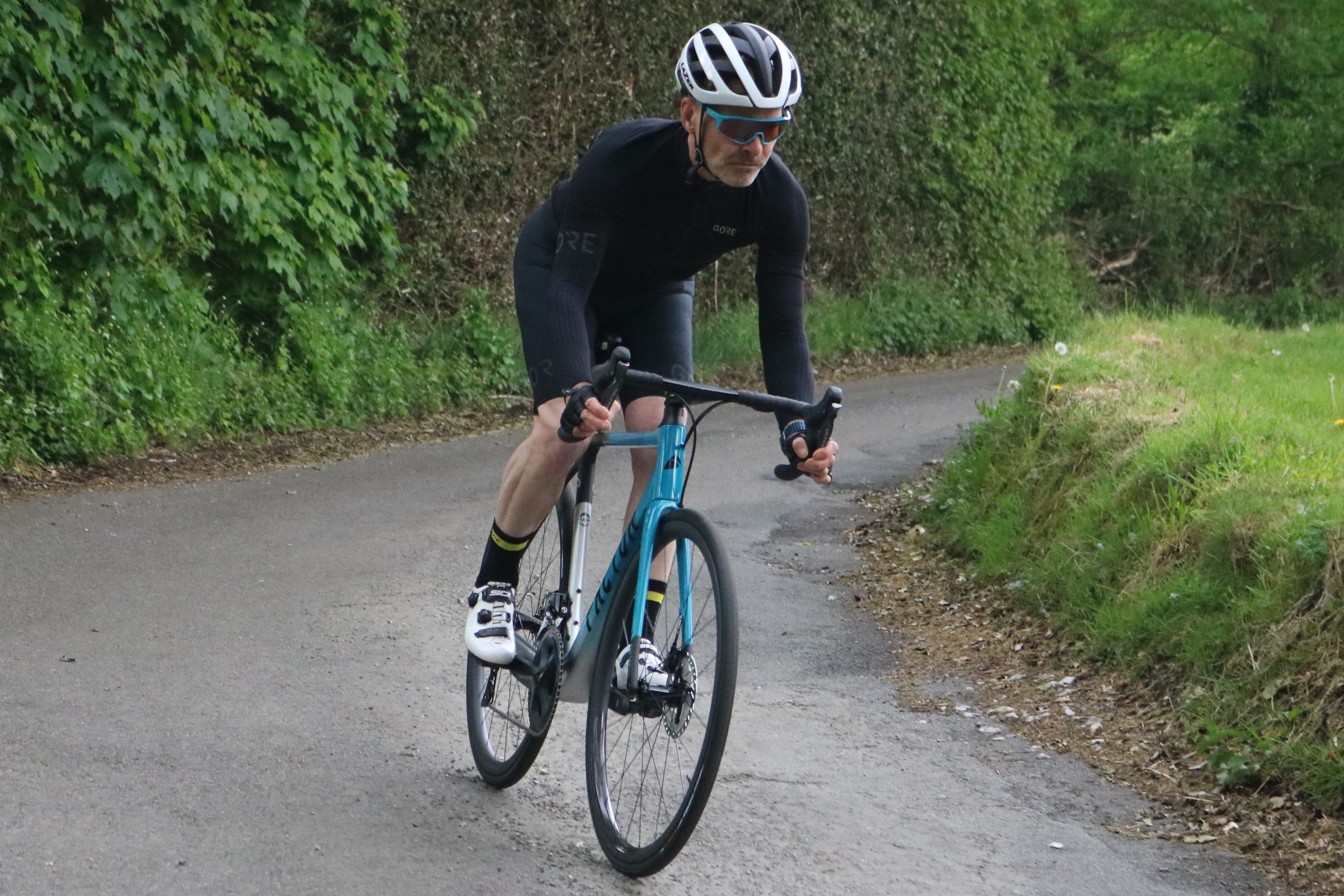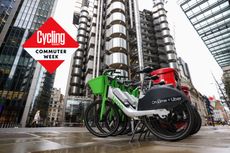Elite Nanogelite water bottle review
An insulated bottle makes swigging during a ride a bit more pleasant when it's hot or cold out. We've tested Elite's Nanogelite on our cold weather rides

A good way of keeping your drinks at a comfortable temperature, but at the expense of reduced capacity
-
+
Keeps contents warm/cool for moderate length rides
-
+
Squeezable
-
+
Comes with secondary cap which helps keep muck off the nozzle
-
+
Insulation sealed in
- +
-
-
Large bottle for the volume it contains
-
-
Contents do cool over 3-4 hours
-
-
Can’t fill with liquids over 40ºC
- -
You can trust Cycling Weekly.

Getting a drink at the right temperature is a difficult task when you are out riding. On a hot summer day it can be a bit unpleasant drinking tepid energy drink, while during the winter it’s a definite shock to the system to take a slug of freezing liquid – or slush. So the Elite Nanogelite water bottle is potentially a godsend, as it has an insulating layer of “nanogel” between the outer bottle and its inner container, which is claimed to be the lightest solid insulation in the world. It’s also soft enough to be able to squeeze the bottle to get the liquid out faster.
Watch our guide to nutrition for a sportive ride
I’ve tested the Nanogelite’s cold weather performance over the last few months and it definitely helps keep the contents above ambient temperature for several hours. I have been filling it up with tepid water from the kettle before setting out – it can’t take temperatures above 40 degrees. Taking a small swig from it every hour, the contents were still warm after an hour and still above ambient after three hours. By four hours they were pretty much down to the outside temperature.
>>> Five ultimate foods for cyclists
It helps to have a fullish bottle though, as the larger volume will take longer to cool down and will not slosh around as much as you travel, reducing mixing and cooling. Taking less measured slurps during rides resulted in much quicker cooling. So if you’re going to set off with two bottles, this would be a good option to save until you’ve finished the first, to make keeping your fluid levels up in the latter part of a ride a bit more comfortable.
>>> How to fuel for winter cycling
Of course, with the insulation layer the volume of the bottle is reduced. So although the Elite Nanogelite water bottle is the same size as a 750ml uninsulated bottle it only has a capacity of 500ml. There’s an even larger version available too, with a capacity of 650ml. The two parts are sealed together so there’s no risk of getting fluid between them or of the insulation escaping. The bottle comes with a secondary cap, which I like during the winter as it keeps you from having to drink through a layer of road muck.
>>> Five tips for hot weather cycling
I’ve not had the chance to test the bottle’s insulating properties in hot weather yet though – roll on July!

Thank you for reading 20 articles this month* Join now for unlimited access
Enjoy your first month for just £1 / $1 / €1
*Read 5 free articles per month without a subscription

Join now for unlimited access
Try first month for just £1 / $1 / €1
Get The Leadout Newsletter
The latest race content, interviews, features, reviews and expert buying guides, direct to your inbox!
Paul started writing for Cycling Weekly in 2015, covering cycling tech, new bikes and product testing. Since then, he’s reviewed hundreds of bikes and thousands of other pieces of cycling equipment for the magazine and the Cycling Weekly website.
He’s been cycling for a lot longer than that though and his travels by bike have taken him all around Europe and to California. He’s been riding gravel since before gravel bikes existed too, riding a cyclocross bike through the Chilterns and along the South Downs.
-
 Among market turmoil, Colnago boasts €55 million in sales: CEO shares the brand’s secret
Among market turmoil, Colnago boasts €55 million in sales: CEO shares the brand’s secretColnago’s growth has tripled since the brand’s acquisition by new majority stakeholders in 2020 and seems impervious to the downturn. Here's why.
By Anne-Marije Rook Published
-
 2.28km in 2:55: The Tour de Romandie prologue which was over in a flash
2.28km in 2:55: The Tour de Romandie prologue which was over in a flashMajority of riders opted for road bikes on technical course around the Swiss city of Payerne
By Adam Becket Published
-
 Bike rental schemes hit record numbers in the UK, almost topping 25 million hires
Bike rental schemes hit record numbers in the UK, almost topping 25 million hiresAn average of 67,565 rides were taken a day between September 2022 and September 2023, an increase of 24%
By Adam Becket Published